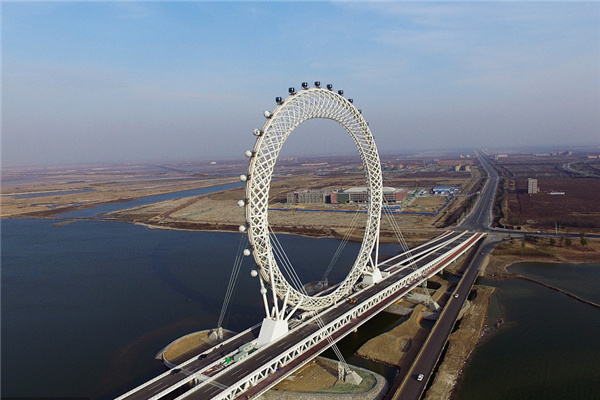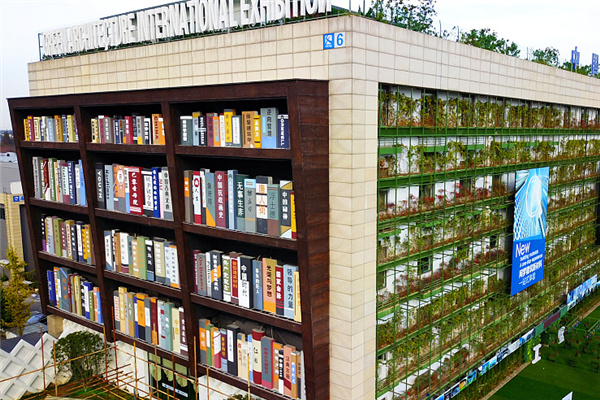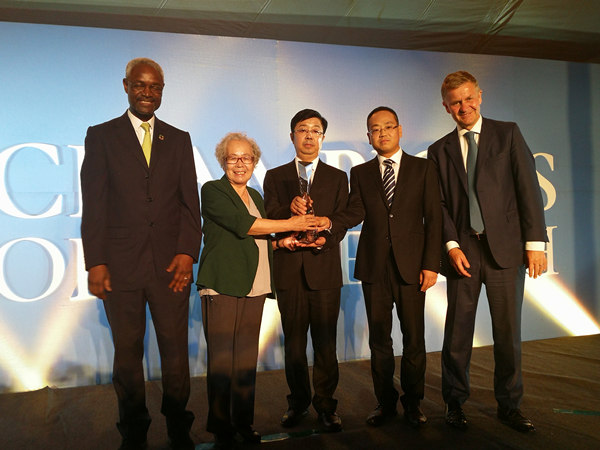

 China's efforts to reduce greenhouse gas emissions are shifting, say experts, from a focus on easier targets to addressing the more challenging tasks.
China's efforts to reduce greenhouse gas emissions are shifting, say experts, from a focus on easier targets to addressing the more challenging tasks.
The country initially concentrated on controlling HFC23, a gas with possibly the highest-known greenhouse effect. But it was an easier problem for China to tackle as it got more funding to do so from developed nations under the Kyoto Protocol.
When HFC23 was no longer the biggest challenge, the country turned to its use of renewable energy and increasing energy efficiency - often at its own cost.
Of China's 72 clean development mechanism (CDM) projects, which the National Development and Reform Commission (NDRC) approved in June, not a single one involves cutting HFC23 emissions. The NDRC is China's designated authority to handle CDM under the United Nations Framework of Climate Change Conference.
The biggest two CDM projects to reduce greenhouse gas emissions and mitigate climate change involve Anshan Iron and Steel Group Corporation, based in Northeast China's Liaoning Province. The company plans to cut more than 3 million tons of carbon dioxide (CO2) equivalent annually by adopting combined circle power plant (CCPP) technology.
Wuhan Iron and Steel Group Corporation, based in Central China's Hubei Province, plans to cut 1.5 million tons of CO2 equivalent annually using the same technology.
The Kyoto Protocol allows industrialized nations to meet limits on output of greenhouse gases such as carbon dioxide by funding emission cuts in developing countries through a currency of carbon credits.
Greenhouse gases - including CO2s, CH4s, N2Os, HFCs (including HFC23), PFCs and SF6s - have become intangible goods in international trade.
HFC23 is a by-product of HFC22, a substitute for the old, ozone-damaging refrigerant CFC. Although not toxic or a pollutant in itself, HFC23 has a heat-trapping feature and is 11,700 times stronger than CO2 in terms of the greenhouse effect, scientists say. In carbon credit trade, its price is 11,700 times that of CO2.
Of the Chinese CDM projects, HFC23 control could represent nearly 40 percent of the total. "HFC23 control projects not only have climate benefits but limited social and environmental benefits," says Zhang Jianyu, a visiting scholar at Tsinghua University.
The CDM was introduced mainly for technology transfer from developed countries to developing countries on greenhouse gas emission reduction and sustainable development, Zhang says. But the HFC23 projects were just a business with little technology transfer, he says.
"The HFC23 control projects are not among the priorities of the CDM in China," he says.
Gao Guangsheng, director of the National Climate Change Office under the NDRC, says it is unfair to criticize China for profiting from its CDM projects, mainly from HFC23, because a larger part of the project costs are paid for by Chinese companies with government subsidies.
Gao says that cutting one ton of CO2 emissions by developing wind power costs $2. But the CDM project payment only covered 5 cents - the rest was paid by local partners.
Yang Hongwei, director of the CDM Project Management Center under the NDRC, says: "With more projects to be registered and certified by the United Nations, China's HFC23 projects will only go down." But of China's 600 projects, only 90 have registered with a United Nations agency.
Chinese industry says the country lacks designated operational entities (DOEs), accredited to oversee the CDM projects.
According to Zhang Ning, manager of New Business Development at German company TUV Rheinland Co's Beijing office, one of 18 qualified DOEs worldwide, the language barrier is one of the biggest obstacles for Chinese agencies wanting to become DOEs.
"A DOE needs to prepare mountains of documents for the UN CDM body, which has a critical requirement on English language," he says.
Yang estimates China's 600 projects could yield 180 million tons of CO2 emission cuts every year.
(China Daily 07/09/2007 page3)













